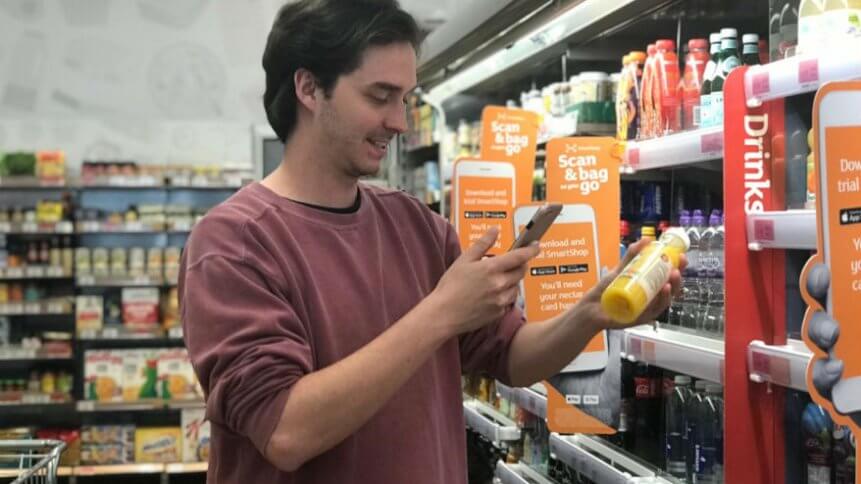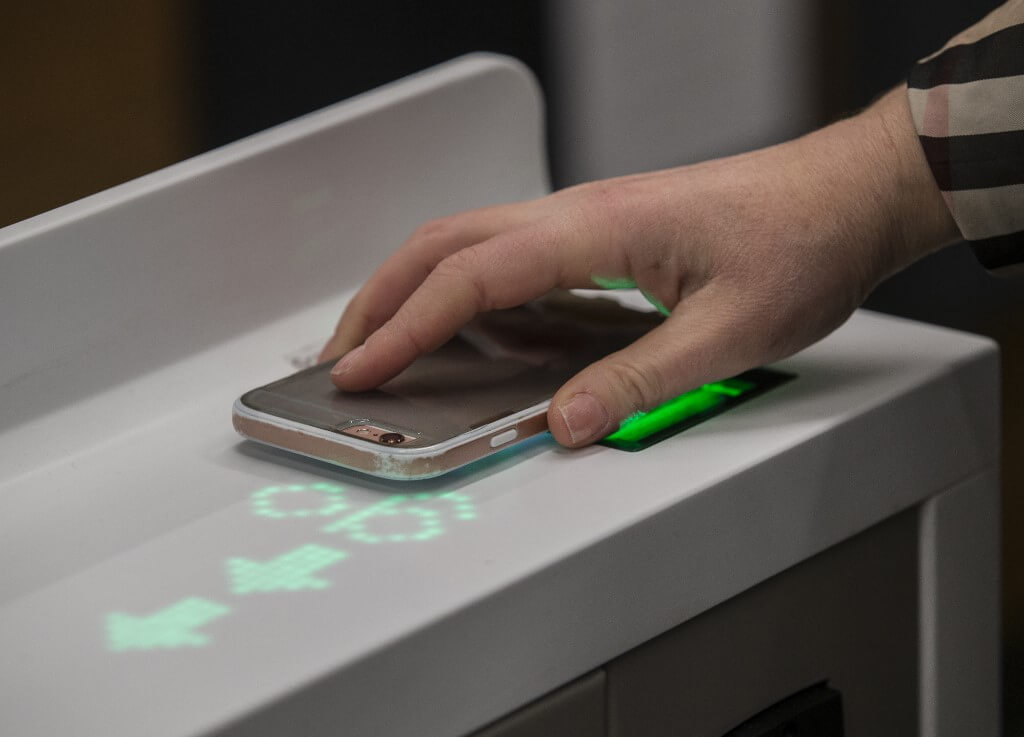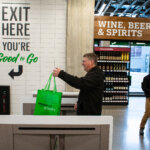Post-pandemic, cashierless stores are now the present (not the future) of retail

Everyone hates standing in queues — the feeling of the time spent waiting can feel like a major drawback, both for people and the economy. Shoppers in an increasingly digital era are used to fast and convenient experiences, and just like their online habits, they want to spend less time grocery shopping, especially during a pandemic when consumers are hyper-aware of the pitfalls of a touch-based retail experience.
According to a commissioned study from Forrester Research and Digimarc, the checkout experience has become essential to shoppers. The long queues are the most common reason for shopping trip abandonment. As a result, slow checkout times have a detrimental impact on revenue, both in the short and long term. A long and uncomfortable wait can affect a customer’s view of a brand, leading people to leave a queue, or even avoid the store altogether based on past experience.
Shopping frustrations
An Omnico US Retail Research report studied the shopping pain points of 2,008 consumers across the US, in conjunction with their attitudes towards technology. Almost 74% of respondents say technology will make shopping easier. In an example of how well-versed consumers are regarding market-ready technical innovations, 86% want to use scan and checkout apps for cell phones or tablets to skip lines and save time, while 82% are willing to use kiosks to make in-store payments faster and easier. More than half (52%) think that enabling payments at kiosks will improve their experience and efficiency.
These assumptions are well-supported by how rapidly retail technology is advancing, aiming to increase productivity and save retailers money. A significant change that has been ramping up in recent years, is modifying the checkout experience by doing away with both cash and cashiers altogether, and using self and/or automated checkout innovation.

A shopper scans the Amazon Go app to enter the Amazon Go store in Seattle, Washington. (Photo by STEPHEN BRASHEAR / GETTY IMAGES NORTH AMERICA / Getty Images via AFP)
The rise of cashierless stores
‘Tapping’ onto this evolving payment trend, cashierless stores have become a disruptive new concept in retail and are gradually establishing themselves in the market.
Amazon has been leading this transformation with a breakthrough solution, introducing its first cashierless retail store concept in 2018. CEO Jeff Bezos said that the Go stores are a prime example of Amazon’s effort to “delight” customers, calling checkout lines “the worst thing about physical retail” in the company’s 2018 letter to shareholders.
The company has also recently set up its Amazon Go cashier-free stores in selected cities, with other retailers following suit. Mastercard is also joining the effort by teaming up with retail tech company Accel Robotics by recently unveiling a Shop Anywhere platform.
Senior vice president of retail innovation, Stephane Wyper for Mastercard, said, “Even prior to COVID, the evolution of frictionless experiences is something we were seeing retailers investing in and testing already.”
“Based on the demand we’re seeing, we expect this to grow and expand. It’s not just about the U.S.; we see it as a global trend,” Wyper added. In addition, players from France, such as retailer Monoprix S.A. and technology company BingoBox from China, have embraced the new retail experience by utilizing digital technology such as AI and IoT.
Cashierless tech here to stay
Cashierless stores technology offers customers a truly omnichannel experience driven by machine learning, deep learning, AI-run algorithms, and data analysis. So how exactly does it work?
Thousands of cameras and Internet of Things (IoT) sensors are located across the stores. Complementing these are computer vision and deep learning algorithms that enable customers to enter and exit stores without paying. First, however, buyers must use a smartphone application to enter the cashierless store.
The smartphone app will require the user to scan a QR code for authentication. In-store purchases can be made even more accessible with a smart shopping cart equipped with barcode scanners, sensors, and scales that scan grocery links to online shopping lists. The shopping cart can scan items with a barcode and weigh products without a barcode.
Customers then leave via a special sensor-based lane that automatically debits the credit card tied to their account. The application also records all the data about a user’s purchases. A well-known big data analytics concept then uses association mining to identify users’ purchasing behavior to obtain further information.
As a result, shoppers don’t have to queue or carry a wallet to pay. And with the use of biometrics, shoppers can enjoy a safer, seamless shopping experience. Apart from the products they want, there isn’t a need to touch anything, and this is a perfect shopping experience in the age of the new normal.
Physical stores are taking disruptive pointers from e-commerce and are actively changing the way people shop, and with other established brands following the lead set by the Amazons out there, it is safe to say that the future of retail is going cashierless.









